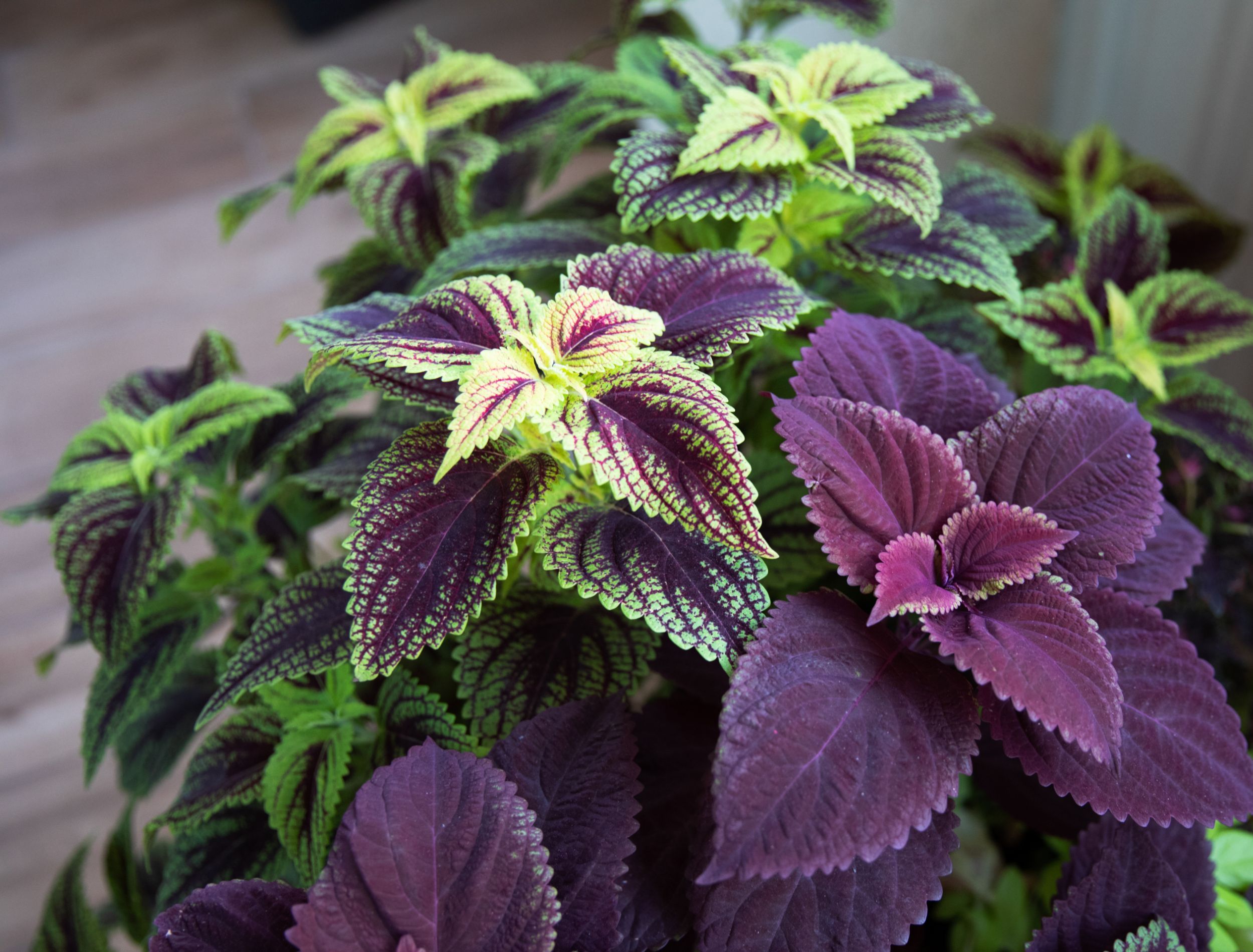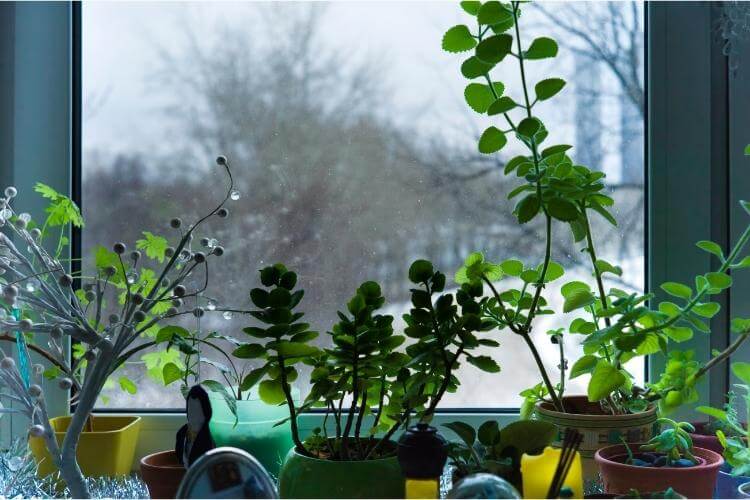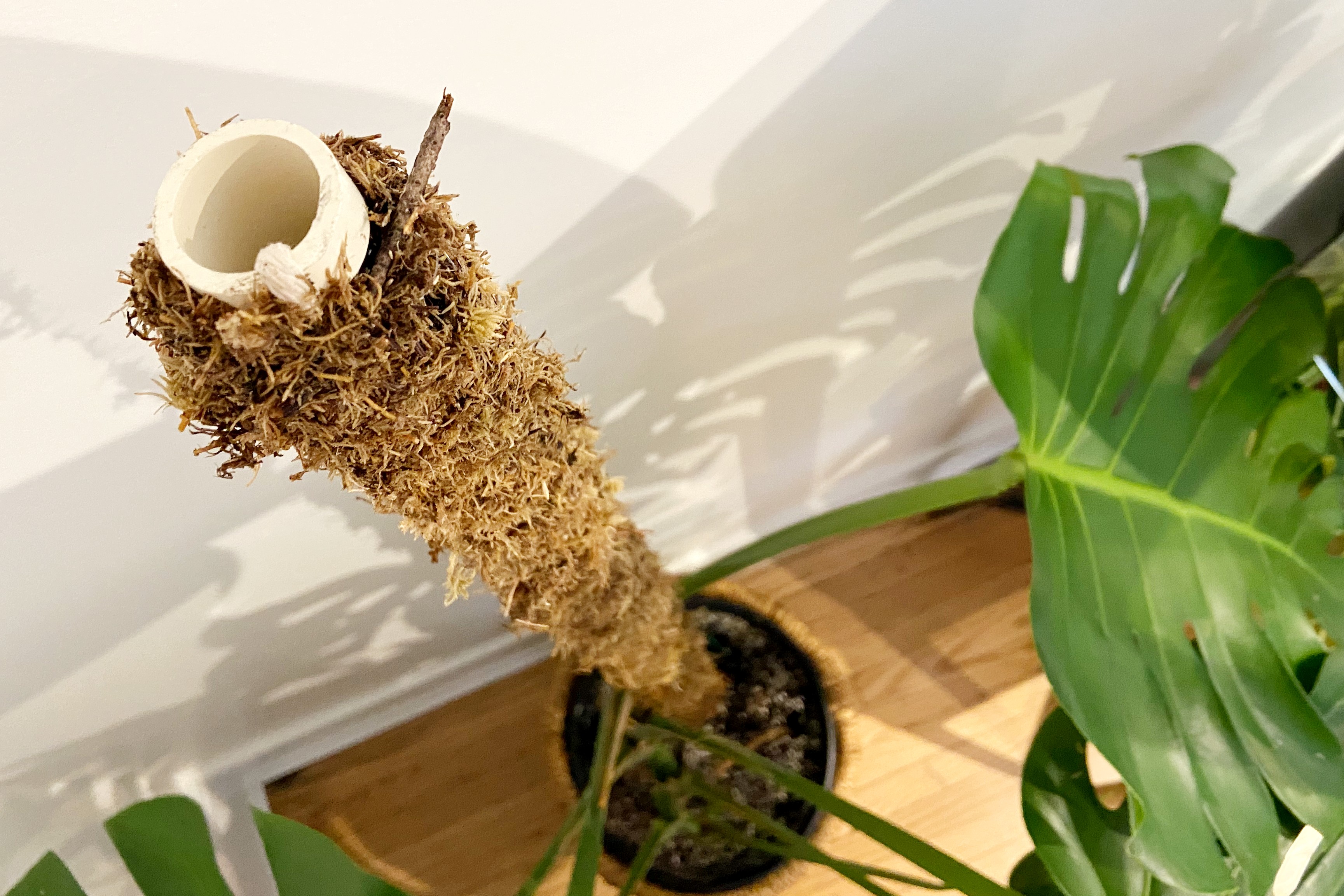Best North-Facing Window Plants: Easy Picks for Low-Light Success

North-facing windows have a reputation in the plant world as the “problem child” of indoor lighting. I’ll tell you upfront: that’s only because most advice out there is dangerously generic and hasn’t been tested through enough late winter afternoons, failed cuttings, or gently wilted housewarming gifts. After fifteen years of experimenting with every light-starved apartment window from Boston to Minneapolis, here’s what actually works (and where all the common mistakes hide).

The North Window Reality Check
Let’s get honest: north windows don’t just offer less light—they offer a unique kind of light. It’s steady, diffuse, cool-toned, and never direct. That sounds limiting until you realize some plants behave like introverts at a busy party: they’d rather have the volume turned down and the glare off.
Early on, I believed every blog telling me “just put a snake plant or pothos anywhere.” What they didn’t say was that my first snake plant rotted to mush by November—the soil stayed wet for weeks on end. Only after losing two more did I learn my first north-window secret:
Insider Secret #1: North-facing windows require not only tougher plants, but also a shift in your watering mindset—assume HALF as much water as any south or east exposure.
Choosing Winners (Not Just Survivors)
Most lists repeat the same four species without mention of why those plants survive here—or which cultivars outperform others. Here’s what years of repotting and replacement taught me:
1. Snake Plant (Sansevieria trifasciata ‘Laurentii’ vs. ‘Moonshine’)
‘Laurentii’ will live but barely grow; ‘Moonshine’ holds its silvery color better than most in low light and doesn’t droop even if you forget it for a month.
Pro tip: Feel how dry the leaves are. If they’re floppy instead of stiff, you’re overwatering—wait until they feel almost papery before adding moisture.

2. Pothos (Epipremnum aureum ‘Marble Queen’ vs. ‘Jade’)
‘Marble Queen’ gets leggy fast in dim spots; stick with solid green ‘Jade’ if you want lushness year-round. I discovered this after swapping three varieties between rooms for an entire year—only Jade bounced back every time.
3. ZZ Plant (Zamioculcas zamiifolia)
Buy one that already has multiple stalks; single-stem starters take ages to fill out up north unless supplemented with artificial light.
4. Peace Lily (Spathiphyllum wallisii)
Contrast this with crowd favorites—mine never flowered until I realized humidity was crucial. One winter, when our radiators ran non-stop, I placed its pot atop a tray of damp pebbles—within six weeks: blooms.
Bonus Insider Secret: Try Nerve Plant (Fittonia albivenis) for tabletop color—it won’t brown at leaf edges here like it will under harsh sun elsewhere.
The Big North-Window Pitfalls—and How to Outsmart Them
Here are failures that taught me more than any quick YouTube tutorial ever did:
- Watering by schedule = root rot city: My first three attempts died not from neglect but from trying to “keep up” with their sunny-sill siblings.
- Solution: Use weight as your tell—all pots feel noticeably lighter when ready for water.
- Pulling plants too far from the glass = stunted growth: Light intensity drops by half with every additional foot away from the pane.
- Solution: Place pots right against the window ledge unless temperatures dip below freezing—then pull slightly away overnight.
- Ignoring airflow = powdery mildew risk: Closed rooms encourage mold.
- Solution: Crack the window or run a fan briefly twice daily—even five minutes helps.
I learned these through trial-and-error: once lost an entire shelf of ferns before realizing stale air was my enemy.
Advanced Tactics Most People Miss
After hundreds of plant swaps and troubleshooting consults for friends living everywhere from ground-floor studios to attic lofts:
- Unglazed terra cotta pots win in low-light zones: They wick moisture out faster—which is exactly what you need when evaporation slows down.
- Supplemental LED strips ($12–$25 on Amazon) can rescue slow growers during December/January: A flexible USB-powered grow light aimed at foliage for just six hours adds visible results within two weeks.
- Rotate your pot every two weeks: Even diffused light comes at an angle—you’ll see straighter stems after making this routine.
- Cost breakdown: After switching to terra cotta and using cheap IKEA grow lights in December, my annual plant loss rate dropped from $60/year to less than $10/year on replacements.

Real Conversations & Micro-Successes
A friend texted last February:
“Why does my peace lily look so droopy by Tuesday afternoon?!”
My reply: “Feel how heavy that pot is before watering—not just how dry it looks.” Two days later she sent a photo: leaves straightened out without extra water—the roots finally had space to breathe.
Or when I rescued Greg’s ZZ plant (“it never grows!”):
We unpotted it together and found soggy soil clinging like wet clay. Swapped him into cactus mix in terra cotta; new shoots appeared six weeks later even though he still forgot about watering routines entirely!
Troubleshooting Cheat Sheet From Experience
- Leggy stems? Bump up against glass or add supplemental light for 4–6 hours/day mid-winter.
- Soil stays soggy? Repot into gritty mix plus unglazed clay pot—problem solved within days.
- No new growth? Most slow down October-March; patience wins here—resume feeding only after daylight increases.
- Mold/moss on soil? Scrape off top inch and swap for fresh mix; increase air flow immediately.
One last thing: pet safety is real! Years ago my cat nibbled peace lily leaves and got sick—a costly vet lesson. Always double-check toxicity lists before bringing something home if animals roam free indoors.
Getting Set Up Like a Pro
Here’s how I'd do it if starting over today:
- Pick up ONE proven toughie ('Jade' pothos is my current favorite).
- Use unglazed terra cotta + well-draining cactus mix even if it's not technically a succulent!
- Place flush against your north window—avoid cold drafts but maximize available daylight.
- Water by weight/feel only when bone dry at least an inch deep.
- Rotate biweekly; supplement with an LED strip Dec–Feb if growth stalls entirely.
And above all: track progress! Take monthly photos—you’ll be shocked by subtle changes no one else notices day-to-day.
If something flops? Swap species instead of giving up (my own record: four tries before finding success on one stubborn sill). Plants are partners, not trophies—you’ll both keep learning together.
The difference between frustration and success lies mostly in those small adjustments honed through repetition—not luck or magic thumbs!
Ready to make that overlooked northern nook your personal greenhouse? Trust these battle-tested tricks…and watch what happens next season when neighbors start asking you for advice!



